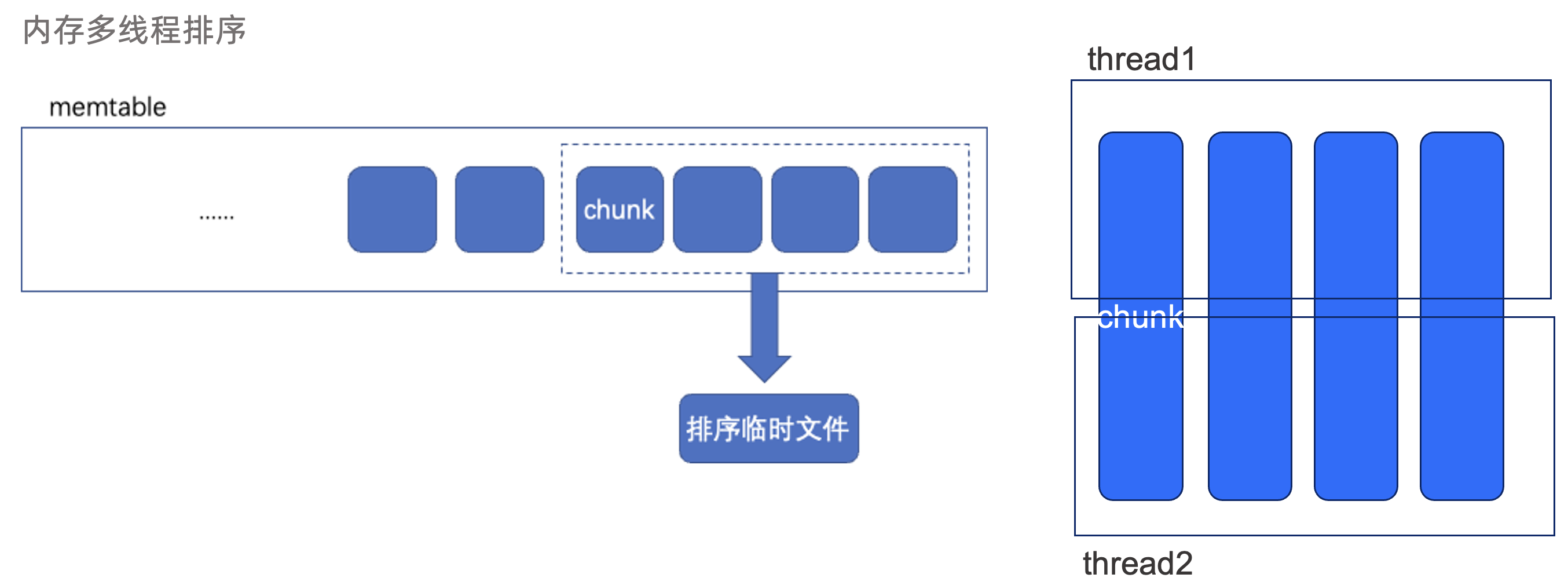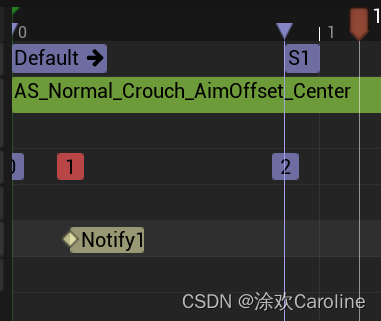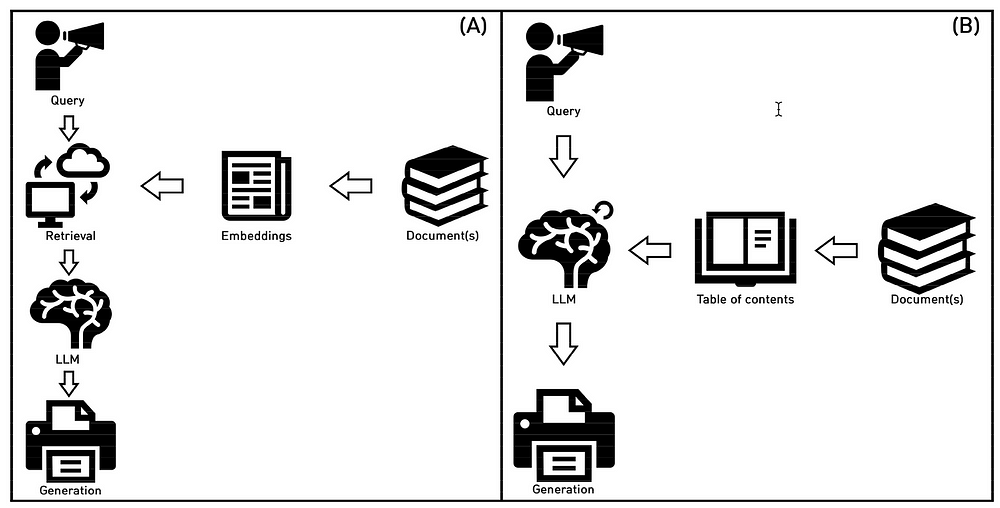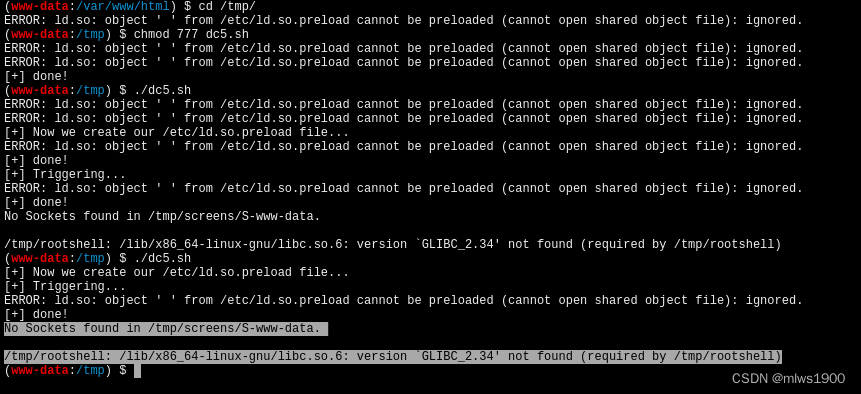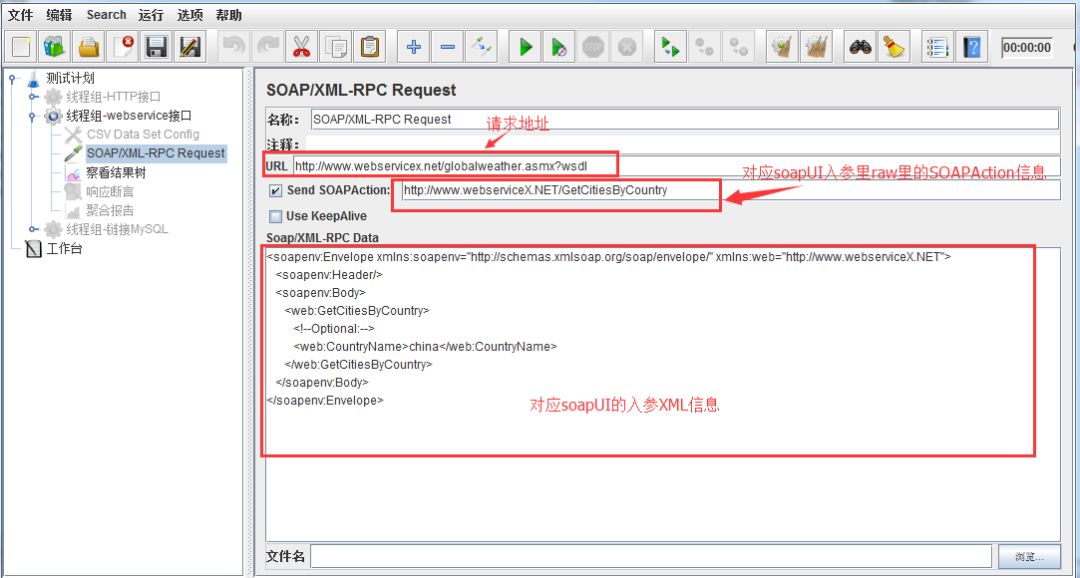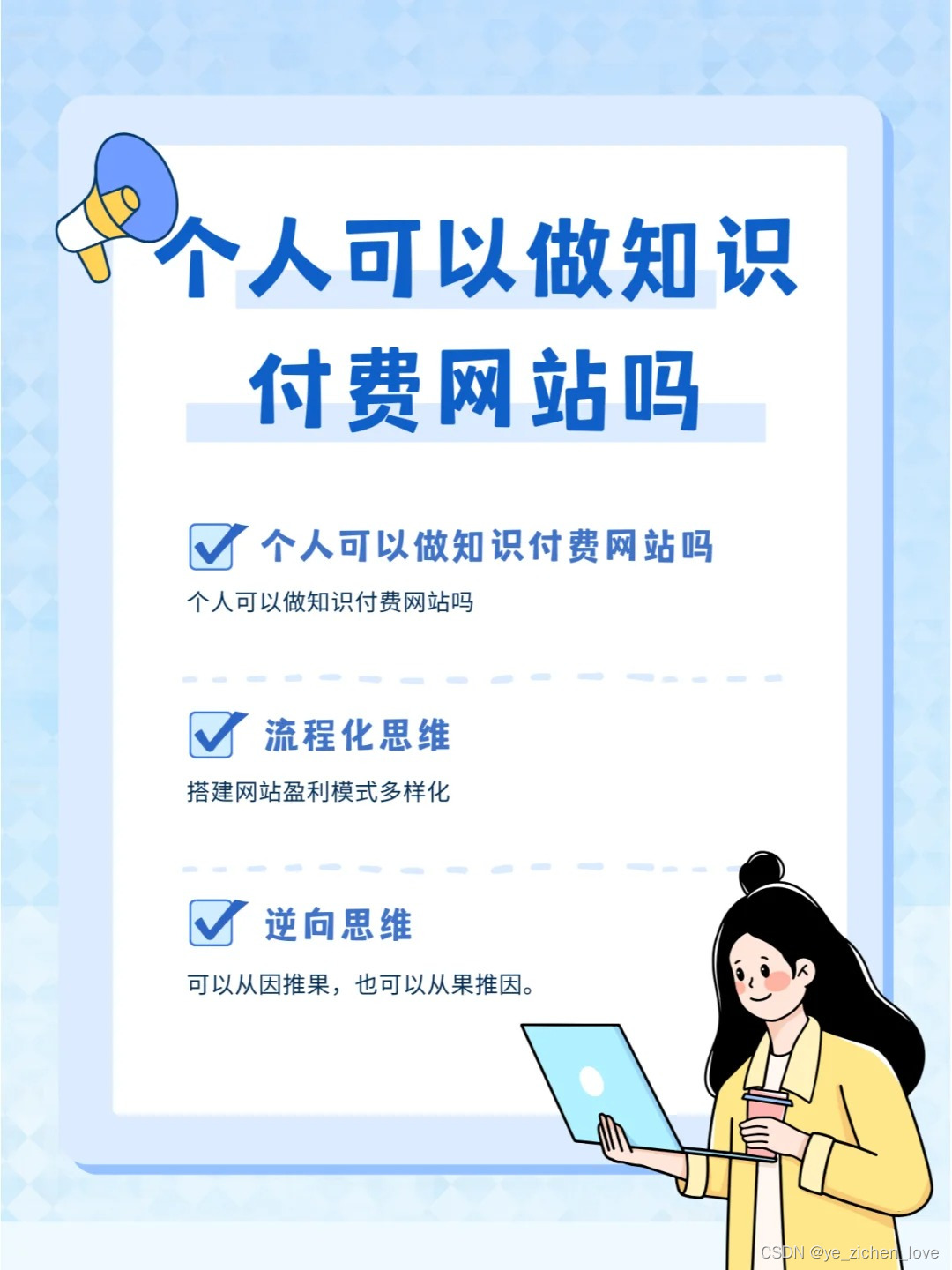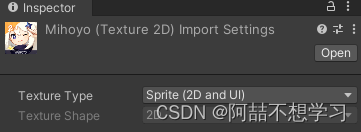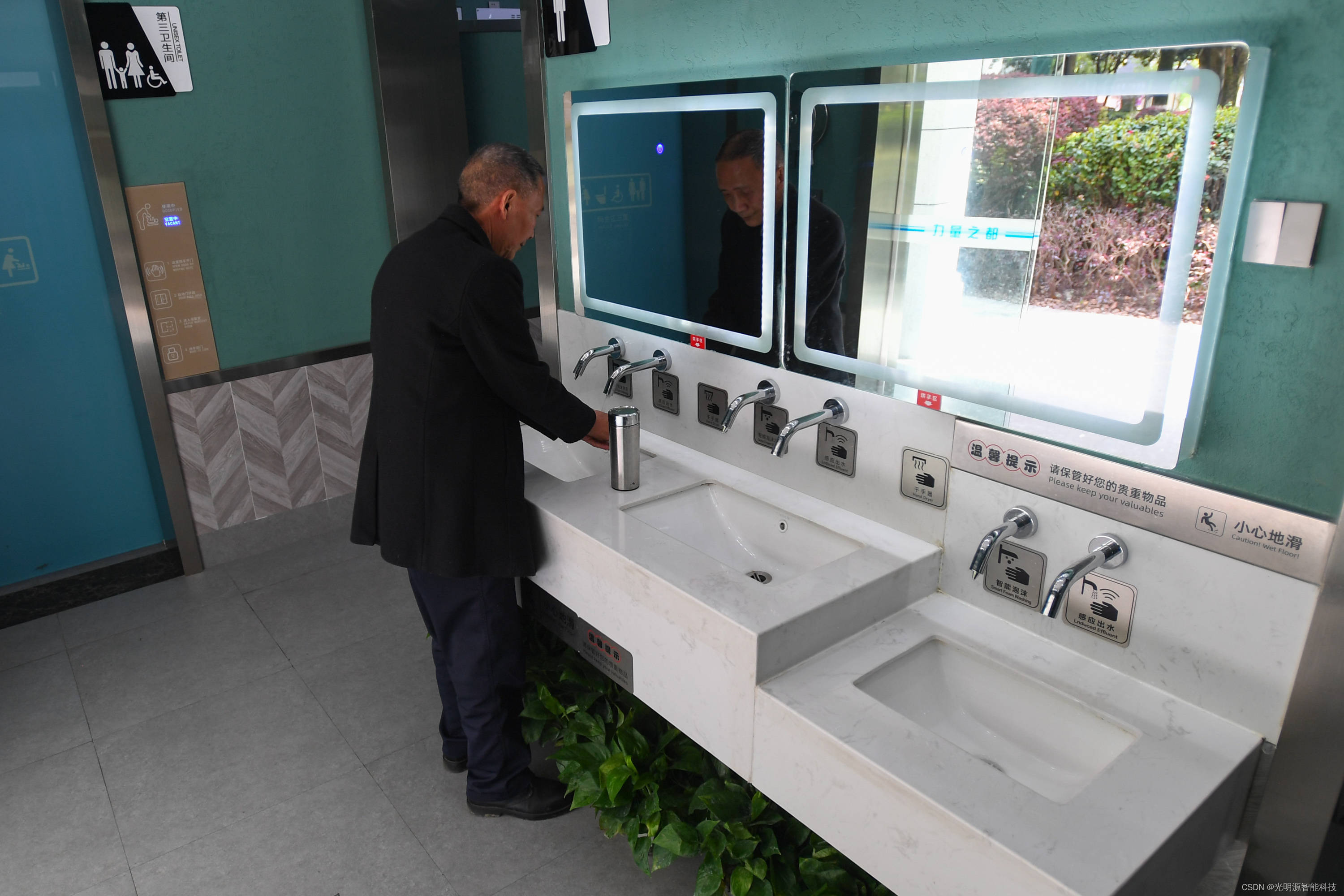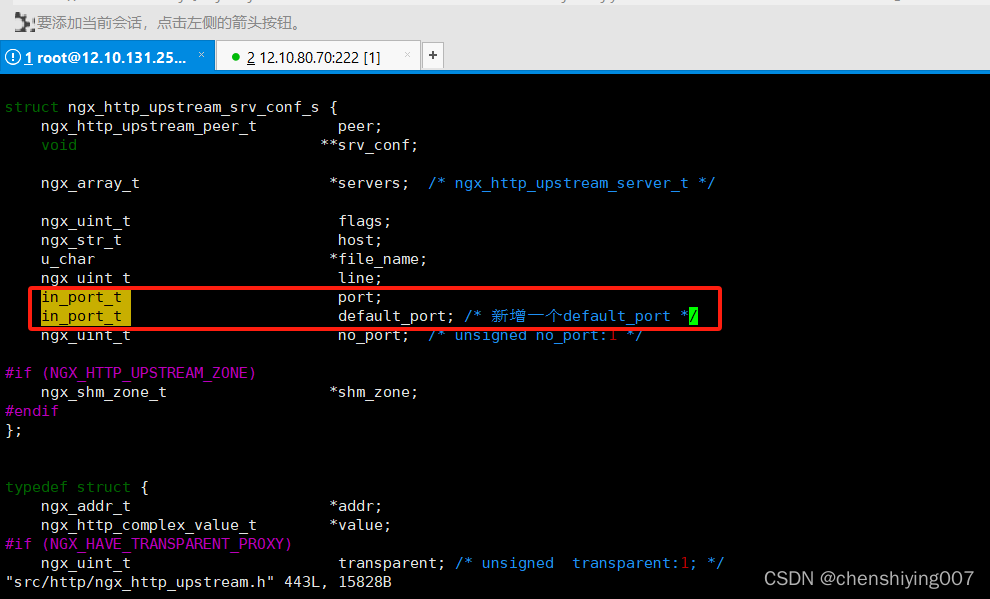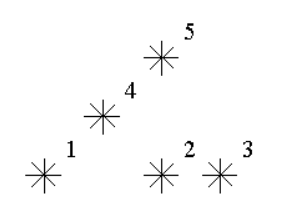Spring Boot 专栏:Spring Boot 从零单排
Spring Cloud 专栏:Spring Cloud 从零单排
GitHub:SpringBootDemo
Gitee:SpringBootDemo
Spring Security是针对Spring项目的安全框架,也是Spring Boot底层安全模块的默认技术选型,仅需引入spring-boot-starter-security模块,进行少量配置,即可实现强大的Web安全控制。
Spring Security的两个主要目标是认证和授权(访问控制)
官方文档:https://docs.spring.io/spring-security/site/docs/5.2.0.RELEASE/reference/htmlsingle/
0 开发环境
- JDK:1.8
- Spring Boot:2.7.18
Spring Boot 版本升级为2.7.18,专栏中其他Spring Boot相关环境同步升级
1 引入依赖
<dependency><groupId>org.springframework.boot</groupId><artifactId>spring-boot-starter-security</artifactId>
</dependency>
2 测试
2.1 新建Controller
@RestController
@RequestMapping("user")
public class UserController {@GetMapping(value = "query")public String query() {return "用户查询成功";}
}
2.2 测试
启动服务,浏览器访问 127.0.0.1:8090/user/query,页面自动跳转到授权登录页

默认用户名为user,控制台上会打印默认密码,默认密码每次启动服务都会刷新

登录成功后,就可以正常访问了

3 自定义密码
该部分会使用到Spring Security的几个关键类,如下:
- WebSecurityConfigurerAdapter 自定义Security策略
- AuthenticationManagerBuilder 自定义认证策略
- @EnableWebSecurity 开启WebSecurity模式
3.1 通过application.yml 配置
spring:security:user:name: adminpassword: 123456
3.2 自定义配置类配置
@EnableWebSecurity
public class SecurityConfig extends WebSecurityConfigurerAdapter {@Overrideprotected void configure(AuthenticationManagerBuilder auth) throws Exception {//密码加密BCryptPasswordEncoder passwordEncoder = new BCryptPasswordEncoder();//配置用户名、密码,该配置方式下,用户名和密码保存在内存中auth.inMemoryAuthentication()//密码加密方式.passwordEncoder(new BCryptPasswordEncoder()).withUser("admin").password(passwordEncoder.encode("123456")).roles("admin");}
}
3.3 自定义实现类配置
3.3.1 编写UserDetailsService实现类
这里我们就直接固定写死用户名和密码,实际生产中可以从数据库中获取
@Service
public class UserDetailsServiceImpl implements UserDetailsService {@Overridepublic UserDetails loadUserByUsername(String s) throws UsernameNotFoundException {//设置角色,角色的概念后续介绍List<GrantedAuthority> roles = AuthorityUtils.commaSeparatedStringToAuthorityList("admin");return new User("admin", new BCryptPasswordEncoder().encode("123456"), roles);}
}
3.3.2 编写配置类
@EnableWebSecurity
public class SecurityConfig extends WebSecurityConfigurerAdapter {@Autowiredprivate UserDetailsServiceImpl userDetailsService;@Overrideprotected void configure(AuthenticationManagerBuilder auth) throws Exception {//使用UserDetailsServiceImpl 查询用户名、密码auth.userDetailsService(userDetailsService).passwordEncoder(new BCryptPasswordEncoder());}
}
分别测试,都通过
4 用户认证和授权/基于角色和权限的访问控制
实际生产中,需要根据用户角色的权限来控制可访问的页面、可执行的操作等
4.1 新建4个页面
level-1.html
<!DOCTYPE html>
<html lang="en">
<head><meta charset="UTF-8"><title>Title</title>
</head>
<body>
<h1 style="color: red">这是用户等级1可访问的页面</h1>
</body>
</html>
level-2.html
<!DOCTYPE html>
<html lang="en">
<head><meta charset="UTF-8"><title>Title</title>
</head>
<body>
<h1 style="color: green">这是用户等级2可访问的页面</h1>
</body>
</html>
level-3.html
<!DOCTYPE html>
<html lang="en">
<head><meta charset="UTF-8"><title>Title</title>
</head>
<body>
<h1 style="color: blue">这是用户等级3可访问的页面</h1>
</body>
</html>
index.html
<!DOCTYPE html>
<html lang="en">
<head><meta charset="UTF-8"><title>Title</title>
</head>
<body>
<a href="level-1.html">等级1</a><br><br>
<a href="level-2.html">等级2</a><br><br>
<a href="level-3.html">等级3</a>
</body>
</html>
4.2 修改配置类
@EnableWebSecurity
public class SecurityConfig extends WebSecurityConfigurerAdapter {@Overrideprotected void configure(HttpSecurity http) throws Exception {//请求授权的规则//开启认证http.authorizeRequests()//首页所有人可访问.antMatchers("/").permitAll()//功能页对应角色或权限才能访问//hasRole 为角色授权,表示用户拥有指定角色//hasAuthority 为权限授权,表示用户拥有指定权限.antMatchers("/level-1.html").hasRole("level1").antMatchers("/level-2.html").hasRole("level2").antMatchers("/level-3.html").hasAuthority("level3");//开启登录,无权限时进入登录页面http.formLogin();}@Overrideprotected void configure(AuthenticationManagerBuilder auth) throws Exception {//密码加密BCryptPasswordEncoder passwordEncoder = new BCryptPasswordEncoder();//配置用户名、密码,该配置方式下,用户名和密码保存在内存中auth.inMemoryAuthentication()//密码加密方式.passwordEncoder(new BCryptPasswordEncoder()).withUser("admin").password(passwordEncoder.encode("123456")).roles("admin").and().withUser("admin1").password(passwordEncoder.encode("123456")).roles("level1").and().withUser("admin2").password(passwordEncoder.encode("123456")).roles("level2").and().withUser("admin3").password(passwordEncoder.encode("123456")).authorities("level3").and().withUser("admin0").password(passwordEncoder.encode("123456")).authorities("ROLE_level1", "ROLE_level2", "level3");}
}
**hasRole()和hasAuthority()**用法是类似的,只不过hasRole()方法会给自定义的角色名前加上 ROLE_ 前缀

因此在自定义用户时,如果使用**authorities()给用户设置角色时,需要自行添加上ROLE_**前缀。
roles()和authorities()设置的角色或权限,最终都存放在authorities参数中,且这两个方法会互相覆盖彼此的值。

4.3 测试
浏览器访问

依次点击等级1、等级2、等级3,均自动跳转到授权登录页面,登录对应权限的用户后,可成功访问。
其中,登录admin用户,无法访问任何页面,登录admin0,可访问所有页面

登录权限不匹配的用户,拒绝访问

4.4 使用UserDetailsService类实现
UserDetailsServiceImpl
@Service
public class UserDetailsServiceImpl implements UserDetailsService {@Overridepublic UserDetails loadUserByUsername(String s) throws UsernameNotFoundException {List<GrantedAuthority> roles;if ("admin1".equals(s)) {roles = AuthorityUtils.commaSeparatedStringToAuthorityList("ROLE_level1");} else if ("admin2".equals(s)) {roles = AuthorityUtils.commaSeparatedStringToAuthorityList("ROLE_level2");} else if ("admin3".equals(s)) {roles = AuthorityUtils.commaSeparatedStringToAuthorityList("level3");} else if ("admin0".equals(s)) {roles = AuthorityUtils.createAuthorityList("ROLE_level1", "ROLE_level2", "level3");} else {roles = AuthorityUtils.createAuthorityList("admin");}return new User(s, new BCryptPasswordEncoder().encode("123456"), roles);}
}
SecurityConfig
@EnableWebSecurity
public class SecurityConfig extends WebSecurityConfigurerAdapter {@Autowiredprivate UserDetailsServiceImpl userDetailsService;@Overrideprotected void configure(HttpSecurity http) throws Exception {//请求授权的规则//开启认证http.authorizeRequests()//首页所有人可访问.antMatchers("/").permitAll()//功能页对应角色或权限才能访问//hasRole 为角色授权,表示用户拥有指定角色//hasAuthority 为权限授权,表示用户拥有指定权限.antMatchers("/level-1.html").hasRole("level1").antMatchers("/level-2.html").hasRole("level2").antMatchers("/level-3.html").hasAuthority("level3");//开启登录,无权限时进入登录页面http.formLogin();}@Overrideprotected void configure(AuthenticationManagerBuilder auth) throws Exception {//使用UserDetailsServiceImpl 查询用户名、密码auth.userDetailsService(userDetailsService).passwordEncoder(new BCryptPasswordEncoder());}
}
浏览器访问,测试,通过
5 常用注解
可控制用户认证访问接口
5.1 @Secured()
校验用户具有某个角色,才可访问接口
需在启动类开启注解
@EnableGlobalMethodSecurity(securedEnabled = true)
然后在接口方法上配置注解
@RestController
@RequestMapping("user")
public class UserController {@GetMapping(value = "query")@Secured("ROLE_level1")public String query() {return "用户查询成功";}@GetMapping(value = "update")@Secured({"ROLE_level1", "ROLE_level2"})public String update() {return "用户更新成功";}
}
5.2 @PreAuthorize()
在进入方法前校验用户具有某个权限或角色
需在启动类开启注解
@EnableGlobalMethodSecurity(securedEnabled = true, prePostEnabled = true)
然后在接口方法上配置注解
@RestController
@RequestMapping("user")
public class UserController {@GetMapping(value = "delete")@PreAuthorize("hasAnyAuthority('ROLE_level1','level3')")public String delete() {return "用户删除成功";}
}
5.3 @PostAuthorize()
在进入方法后校验用户具有某个权限或角色
需在启动类开启注解
@EnableGlobalMethodSecurity(securedEnabled = true, prePostEnabled = true)
然后在接口方法上配置注解
@RestController
@RequestMapping("user")
public class UserController {@GetMapping(value = "delete")@PostAuthorize("hasAnyAuthority('ROLE_level1','level3')")public String delete() {return "用户删除成功";}
}
5.4 @PostFilter()
校验权限后对数据进行过滤,只返回满足条件的数据
新建实体类
@Data
@AllArgsConstructor
@NoArgsConstructor
public class UserModel {private String username;private String password;
}
然后在方法上加上注解
@RestController
@RequestMapping("user")
public class UserController {@GetMapping(value = "queryList")@PreAuthorize("hasAnyAuthority('ROLE_level1','level3')")@PostFilter("filterObject.username == 'test'")public List<UserModel> queryList() {List<UserModel> userList = new ArrayList<>();userList.add(new UserModel("test", "qwerty"));userList.add(new UserModel("test2", "asdfgh"));userList.add(new UserModel("test3", "zxcvbn"));return userList;}
}
测试,权限验证通过后

5.5 @PreFilter()
校验权限后对数据进行过滤,只有满足条件的数据才能传入接口方法中
@RestController
@RequestMapping("user")
public class UserController {@PostMapping(value = "queryUser")@PreAuthorize("hasAnyAuthority('ROLE_level1','level3')")@PreFilter("filterObject.username == 'test2'")public List<UserModel> queryUser(@RequestBody List<UserModel> userModels) {return userModels;}
}
测试,权限验证通过后

6 记住我
配置类中开启记住我
@Overrideprotected void configure(HttpSecurity http) throws Exception {//请求授权的规则//开启认证http.authorizeRequests()//首页所有人可访问.antMatchers("/").permitAll()//功能页对应角色或权限才能访问//hasRole 为角色授权,表示用户拥有指定角色//hasAuthority 为权限授权,表示用户拥有指定权限.antMatchers("/level-1.html").hasRole("level1").antMatchers("/level-2.html").hasRole("level2").antMatchers("/level-3.html").hasAuthority("level3");//开启登录,无权限时进入登录页面http.formLogin();//记住我http.rememberMe();}
启动服务,访问页面,登录页面增加了记住我选择框

登录成功后,cookie中已保存用户信息,默认时间为2周

7 注销
7.1 配置类中开启注销
@Overrideprotected void configure(HttpSecurity http) throws Exception {//请求授权的规则//开启认证http.authorizeRequests()//首页所有人可访问.antMatchers("/").permitAll()//功能页对应角色或权限才能访问//hasRole 为角色授权,表示用户拥有指定角色//hasAuthority 为权限授权,表示用户拥有指定权限.antMatchers("/level-1.html").hasRole("level1").antMatchers("/level-2.html").hasRole("level2").antMatchers("/level-3.html").hasAuthority("level3");//开启登录,无权限时进入登录页面http.formLogin();//记住我http.rememberMe();//开启注销,注销成功后回首页http.logout().logoutSuccessUrl("/");}
7.2 level-* 页面增加注销按钮
<!DOCTYPE html>
<html lang="en">
<head><meta charset="UTF-8"><title>Title</title>
</head>
<body>
<h1 style="color: red">这是用户等级1可访问的页面</h1>
<br><br>
<a href="/logout">注销</a>
</body>
</html>
其他两个页面做相同修改
启动服务,登录成功后点击注销按钮,注销成功,返回首页,访问页面需再次登录
8 自定义登录页
8.1 新建登录页login.html
<!DOCTYPE html>
<html lang="en">
<head><meta charset="UTF-8"><title>Title</title><meta charset="UTF-8"><title>Login Page</title><style>body {font-family: Arial, sans-serif;background-color: #f5f5f5;}.container {width: 300px;margin: auto;padding: 40px;border: 1px solid #ccc;background-color: white;box-shadow: 0 0 10px rgba(0, 0, 0, 0.1);}h2 {text-align: center;}label {display: block;margin-bottom: 10px;}input[type="text"],input[type="password"] {width: 100%;padding: 6px;border: 1px solid #ccc;outline: none;}button {width: 100%;padding: 10px;color: white;background-color: #4CAF50;cursor: pointer;border: none;outline: none;}button:hover {opacity: 0.9;}</style>
</head>
<body>
<div class="container"><h2>登录</h2><form action="/login" method="post"><label for="username">用户名</label><input type="text" id="username" name="username"><br><br><label for="password">密码</label><input type="password" id="password" name="password"><br><br><input type="checkbox" name="remember-me" title="记住我">记住我<br><br><button type="submit">登 录</button></form>
</div>
</body>
</html>
8.2 配置类中开启自定义登录页
@Overrideprotected void configure(HttpSecurity http) throws Exception {//请求授权的规则//开启认证http.authorizeRequests()//首页所有人可访问.antMatchers("/").permitAll()//功能页对应角色或权限才能访问//hasRole 为角色授权,表示用户拥有指定角色//hasAuthority 为权限授权,表示用户拥有指定权限.antMatchers("/level-1.html").hasRole("level1").antMatchers("/level-2.html").hasRole("level2").antMatchers("/level-3.html").hasAuthority("level3");//开启登录,无权限时进入登录页面//自定义登录页http.formLogin().loginPage("/login.html").loginProcessingUrl("/login");//关闭csrf防护http.csrf().disable();//记住我http.rememberMe();//开启注销,注销成功后回首页http.logout().logoutSuccessUrl("/");}
这里,自定义登录,默认用户参数是username,默认密码参数是password,默认记住我参数是remember-me,如果需要自定义登录表单的参数,做如下修改
//开启登录,无权限时进入登录页面http.formLogin().loginPage("/login.html").loginProcessingUrl("/login").usernameParameter("username").passwordParameter("password");//关闭csrf防护http.csrf().disable();//记住我http.rememberMe().rememberMeParameter("remember-me");
启动服务,访问地址,跳转到自定义登录页

9 自定义403页面
9.1 新建403.html
<!DOCTYPE html>
<html lang="en">
<head><meta charset="UTF-8"><title>Title</title>
</head>
<body>
权限不足,无法访问
</body>
</html>
9.2 配置类中开启自定义403页面
@Overrideprotected void configure(HttpSecurity http) throws Exception {//...其他代码...//自定义403页面http.exceptionHandling().accessDeniedPage("/403.html");}
启动服务,浏览器访问,登录无权限用户后提示

至此,Spring Boot整合Spring Security实现用户认证和授权基本用法已讲解完毕,且测试通过。



